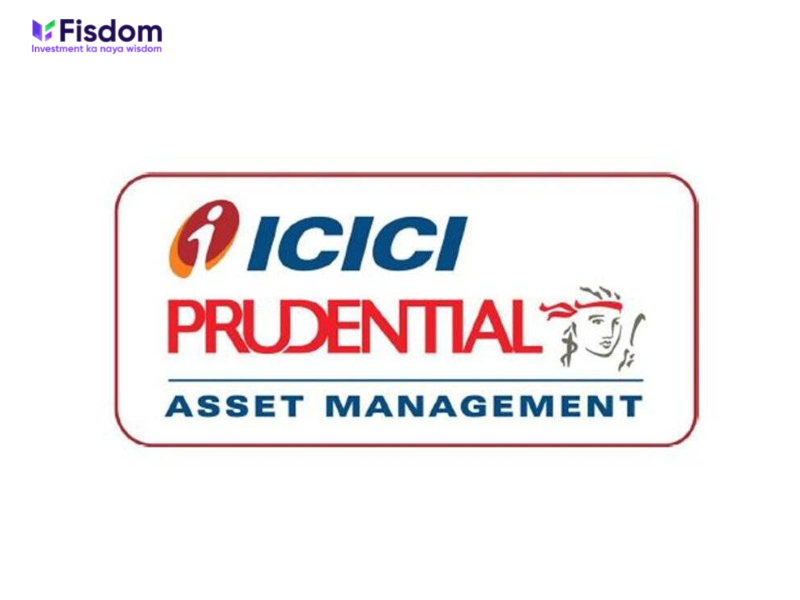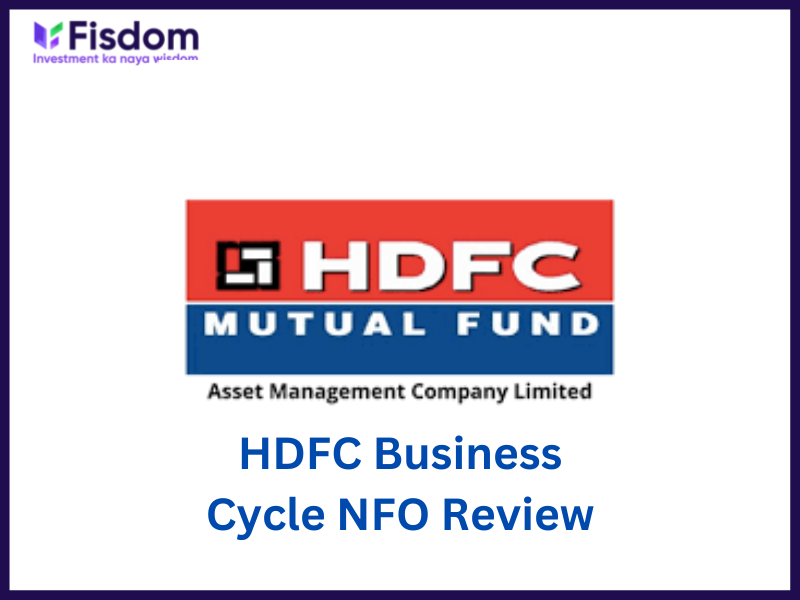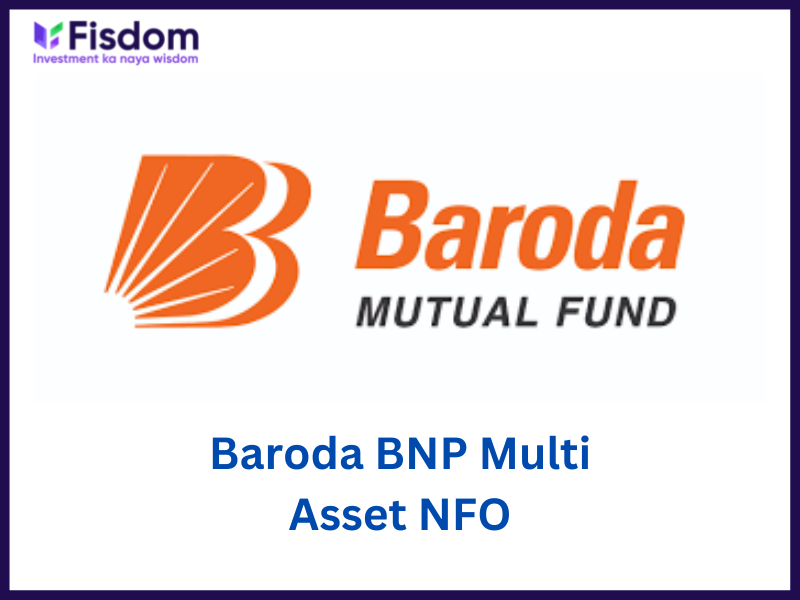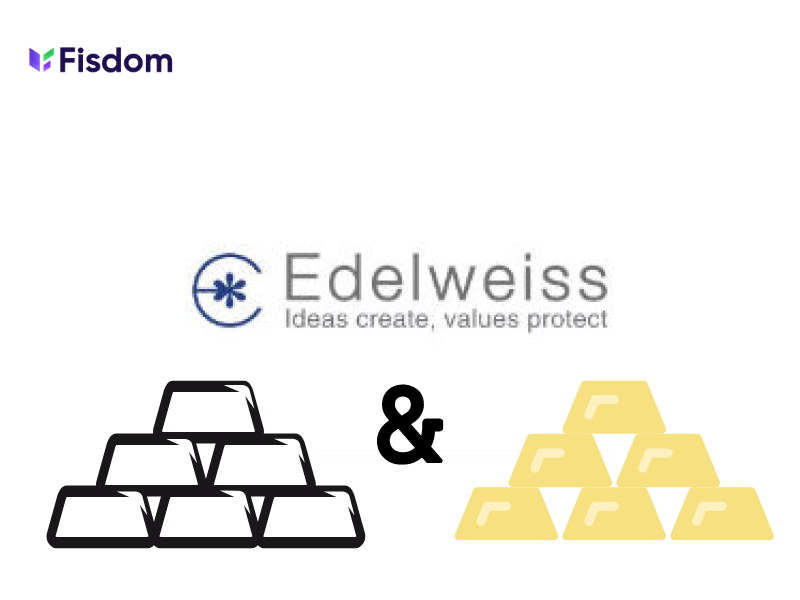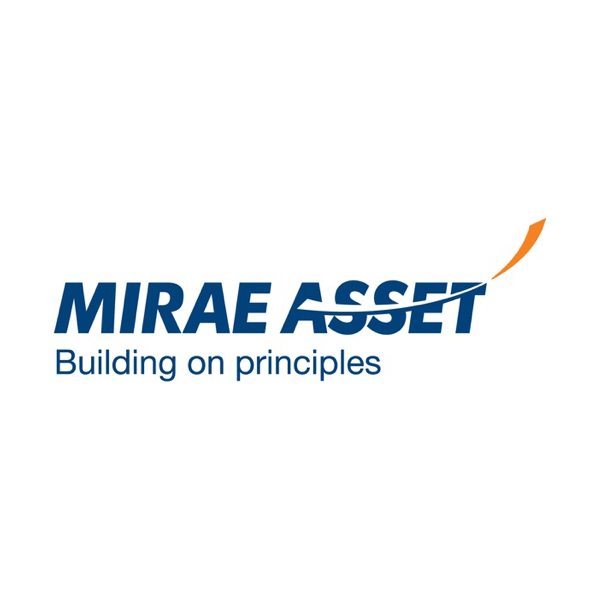
Mirae Asset Mutual Fund launched a new fund of fund named Mirae Asset Nifty India Manufacturing ETF FoF. This open-ended scheme will invest in Mirae Asset Nifty India Manufacturing ETF, which in turn replicates the composition of Nifty India Manufacturing Total Return Index. The NFO will be open for subscription from January 10 and close on January 24. The scheme will be managed by Ekta Gala.
Investment objective of the fund
Mirae Asset Nifty India Manufacturing ETF FoF’s investment objective is to fetch long-term capital appreciation via a portfolio that will primarily comprise units of Mirae Asset Nifty India Manufacturing ETF. The Mirae Asset Nifty India Manufacturing ETF is a passively managed scheme with investment composition that closely matches the Nifty India Manufacturing Index. The ETF’s investment strategy revolves around minimising tracking error through periodic portfolio rebalancing and amending weights of stocks in the Index.
Why should you apply for the NFO?
Benefits of passive investing: Mirae Asset Nifty India Manufacturing ETF FoF will indirectly follow a passive investment strategy since it aims to invest in Mirae Asset Nifty India Manufacturing ETF. Apart from efficient investment, this scheme also adopts a low-cost strategy. Since Mirae Asset Nifty Manufacturing ETF is passively managed, it eliminates the risk of human involvement in investment selection by following the underlying index composition. The fund of fund will further aim to benefit from broader market wisdom by indirectly participating in the benchmark index’s stock composition.
Easy to invest: By investing in a fund of fund, investors can ensure a low-cost and easy exposure to the growing manufacturing sector in India. For instance, India is one of the largest manufacturers in the pharma segment with its pharma exports constantly on the rise. The fund will indirectly tap on to such opportunities to fetch maximum returns.
Low cost investment: The FoF will come with a comparatively low expense ratio, thereby allowing larger profits in the hands of the investors. Also, since it will adopt a steady approach of investing in the ETF, it is expected to incur lower portfolio reshuffling costs.
Comparative performance of Nifty India Manufacturing Total Return Index: In the table below, investors can go through the comparative historical performance of Nifty India Manufacturing Total Return Index against other Nifty indexes. This will throw light on the expected returns from Mirae Asset Nifty India Manufacturing ETF and, therefore, Mirae Asset Nifty India Manufacturing FoF:
| Nifty India Manufacturing Index | Nifty 50 Index | Nifty 500 Index | |
| 2021 | 31.5% | 22.9% | 28.5% |
| 2017 | 32.7% | 30.3% | 37.7% |
| 2014 | 47.0% | 32.9% | 39.3% |
| 2013 | 7.0% | 8.1% | 4.8% |
| 2009 | 158.2% | 77.6% | 91.0% |
Fund details
| Scheme name | NFO details for Mirae Asset Nifty India Manufacturing ETF Fund of Fund |
| Type of Scheme | An open-ended fund of fund scheme that will mainly invest in Mirae Asset Nifty India Manufacturing ETF |
| Category of the scheme | Fund of fund |
| Benchmark | Nifty India Manufacturing TRI (Total Return Index) |
| Plan options | Regular Plan Direct Plan Growth option IDCW option |
| Fund Manager | Ekta Gala |
| Exit Load | 0.5% – If redeemed within 3 months from the date of allotmentNIL – If redeemed after 3 months from the date of allotment |
| Minimum Investment | Rs. 5,000 and multiples of Re. 1 thereafter. |
| Expense Ratio | Not known |
| NFO Period | 10 Jan 2022 – 24 Jan 2022 |
Where can you invest in the NFO?
NFO (New Fund Offer) is launched by the Asset Management Companies (AMCs) to generate funds for launching a new mutual fund. These funds are then pooled to buy the shares or other securities as per the fund’s mandate or the guidelines based on which the fund is launched. NFOs are like IPOs where all the relevant details of the funds are provided at the time of their launch and the units of the fund are usually set at Rs. 10 per unit for a subscription. SEBI guidelines allow the NFOs to be active for a maximum period of 30 days following which the units of the fund are traded based on their daily NAV
NFOs, at the time of their launch, are launched in two categories namely close-ended funds and open-ended funds. The details of each type of fund are mentioned below.
Open-ended funds
The majority of mutual funds are launched as open-ended funds. These types of funds allow the investors to enter or exit the fund at any time based on various factors like profit opportunity, goal realization, minimizing losses, etc. the units of the fund, therefore, keep fluctuating based on the demand-supply functions of the market. Investors can subscribe to the fund at the nominal rate (usually Rs. 10 per unit) during the NFO period. After the NFO period, when the units are traded based on the daily NAV, the investors stand to gain huge capital gains depending on the performance of the fund.
Close-ended funds
Close-ended funds, on the other hand, do not allow the investors to subscribe to the fund after the NFO period is closed. The number of units of the fund is fixed unlike open-ended funds and the fund is for a definite period of time, i.e. with fixed maturity. Investors can exit the fund after the completion of such a period.
Close-ended funds can be listed on recognized stock exchanges to increase their liquidity and can be traded even after the closure of the NFO period. The NAV of the fund is determined based on the demand-supply function of its units.
Investing in NFOs is a very good opportunity to maximize the returns as the units can be subscribed at nominal rates and the returns are potentially higher based on the prevailing NAV at the time of redemption. However, there are several points that need to be considered while subscribing to an NFO. Some of such points are highlighted below.
Lack of track record
NFOs are offered for the new mutual fund so no proven track record can be reviewed by investors to make an informed investment decision. The investors have to therefore rely on the reputation of the AMC and other details mentioned in the NFO to make an investment decision.
Higher expense ratio
NFOs need a good amount of publicity to make the investors aware of the fund and the investment opportunity. It is therefore essential for the investors to check the expense ratio of the fund and ensure that it does not outweigh the net gains.
Check if the fund is in correlation to the existing portfolio
Recently there have been many NFOs in the market that investors can choose from. However, while selecting the fund the investors must check if the fund is not similar to an existing fund in their portfolio. For example, if the fund is a large-cap fund and the investor already has one or two similar funds in their portfolio, investing in another will not add much value to the net returns or the diversification of the portfolio. On the other hand, many NFOs can be sector-specific or country-specific. In such a case, investors have to check if the fund is in line with other factors like their risk-return profile and investment goals.
Review the SID carefully
Reviewing the SID (Scheme Information Document) is a crucial step that should not be missed by investors while investing in NFOs. It contains all the relevant information about the fund managers, their qualifications, and experience which is crucial for the funds’ performance. Other relevant information includes the investment profile of the fund, target sectors or securities, benchmark index, asset allocation ratio, etc. This helps the investors understand the returns expectation of the fund as well as the target investments where the fund will invest the pooled funds. Investors having a risk-return profile in line with that of the fund can thus invest in such funds.
Investment in NFOs can be done through two main routes i.e., the online or offline modes. The details of the same are mentioned below.
Online mode
The online mode of investment is suitable for investors already having a Demat account and a trading account. Investors can simply select the NFO and invest by selecting the number of units to invest and paying for the same through online payment modes available on the platform.
Offline mode
The offline mode of investment in NFOs is through registered brokers and distributors. Investors can contact their brokers and distributors providing them with the details of the amount to be invested and they can invest in the selected NFOs on their behalf. Investors can make hassle-free investments through such modes as all the necessary forms to be filled and the formalities to be met are looked after by these entities giving investors the benefit of ease of investment. The charges for such services are nominal when compared to the potentially high returns.
Head over to the Fisdom App to invest in this NFO.
















